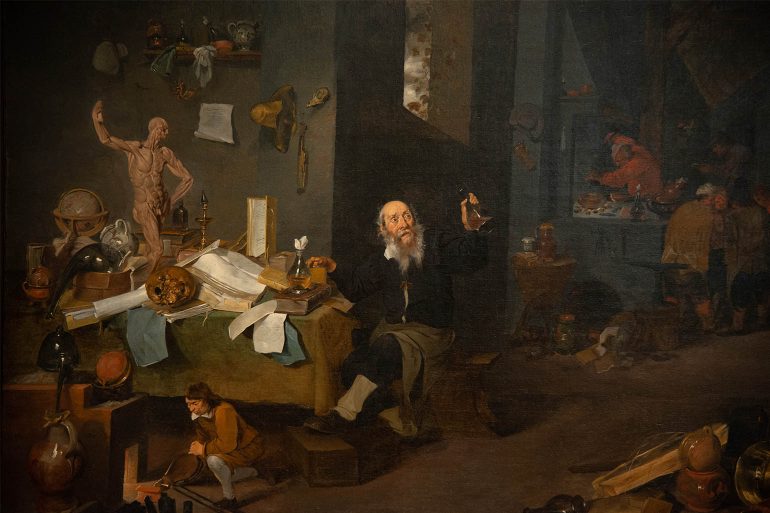The Coronavirus pandemic has thrust us into an unforeseen scenario called work from home (WFH). Not that designers are strangers to remote working, but no house-help or access to outdoors, extreme social distancing and constant talks of doom and gloom make for unusually harsh conditions for this WFH experiment.
Most of the design studios we spoke with had issued work from home to a significant part of their workforce days before the three-week shutdown was announced on March 25th. Still, previous experience of working from home came handy to the design studios. “As a studio, we are used to working with team members remotely and we have systems in place. So, the migration was not difficult,” Anthony Lopez of Lopez Design Studio said. Work management apps like Slack, Asana and Zoom is where the office virtually collects for updates and meetings. “Every morning there are quick online stand-up meetings, and in evening tracker charts are updated,” said Shekhar Badve, founder and director of Pune-based Lokusdesign. Yet, a strict lockdown has completely moved the work ecosystem, with clients and vendors, onto the virtual —an unforeseen scenarios that is throwing new challenges to the industry.
Lack of technical infrastructure at home
A major share of design work has moved from paper to computers over the last few decades. An anatomy of a design studio these days is iMacs and other advanced machines connected with each other. Sharing files don’t take more than a few minutes in a studio. But transferring the same heavy design files via internet at home is a major challenge. Digital studios, like Delhi-based Sociowash are concerned about taking data stocks and back-ups from remote locations. Many towns and cities of the country are facing frequent power cuts, and more are struggling with providing high-speed internet to its residents. With lack of basic technical amenities, designers find themselves chopping files, reducing file sizes and then staring at loading circles.
Licenses and agreements
Design work requires sophisticated software, licenses of which are extremely expensive, at times costing in lacs. It’s impossible for studios for provide these purchase licences for individual employees. Using pirated software for commercial work carries a legal risk, and if gone wrong, can be catastrophic for a studio. The situation is trickier for studios that have signed the non-disclosure agreements with the clients. Some privacy clauses bar access from personal computers. India’s largest design studio, Elephant Design had concerns about possibility of working from home within legal framework and clauses.
Thinking together
Long meandering conversation around ideas are necessary for creative processes. Even an informal banter can birth a creative masterpiece. Some studios have flexible work hours, but there are ritualistic meetings which keep the momentum and morale of the team. “Design being collaborative in nature, there is a lot of interdependence for taking ideas to their full potential. We are trying to use technology (apps, Skype, Sheets) to have the tempo and vibe necessary for creative juices to flow. One of the key challenges is also that work has to keep going back and forth between people, like artworks between designers and illustrators,” said Gauri Barve Kale, director of Pune-based Therefore Design.
Creating complex and layered works require skill and expertise of more than one person. Multiple people working on the same file has turned into an arduous task of transferring the files. “We are using Asana and Skype to communicate and manage projects. Certain items like 2D or 3D animations take longer since there are multiple skill sets required and laptops are not as competent in handling such workloads,” said founders of Delhi-based Designbox India, Manisha Thakur and Ankur Jain.
Lack of work-space or equipment, family responsibilities
Of more than dozen design studios we interviewed, women brought up the burden of caregiving along with professional work. Sharing space with children, parents, pets and spouses, all of whom are constant companions during the lockdown, can get exhausting. “Lack of personal space (since everyone in the family is home—kids) are some factors that we are dealing with,” said Kale.
The current situation doesn’t provide any support system at home—be in the form of house-help, tuition, outdoors or food services. In absence of these, a work day is overwhelming—a series of office calls and labouring for home chores, while caring for the family, especially for women. “The other part of the team are parents with younger school going kids (like myself). It’s almost impossible to work with them at home at a stretch. Unlike IT companies we haven’t created that ecosystem at home where WFH is habitual and the family is adapted to respect those boundaries,” said Shobhana Hadap, founder of Studio Mars.
Loneliness and pessimism
A research published in 2015 called, “Does Working from Home Work? Evidence from a Chinese experiment”, observed that irrespective of productivity, the workers-from-home felt lonely. And as we find ourselves getting on with work day after day at home, designers realize that it is important to be around those working towards a common goal, and who share the same creative spirit as them.
In these surreal times when it feels like the world is coming to an end, loneliness and pessimism can hit hard. Add to it the possibility of an impending recession. “I think for our industry the larger concern is the lockdown, and how long it will continue. F&B brands and retail have been hit and in turn marketing spends have been paused. My advice would be to diversify the types of projects studios work on,” said Reva Dutta and Adil Khanna of Delhi-based design studio, Unomono. Leaders and managers have to go an extra mile to keep their employees motivated in these anxiety-inducing times.
**

